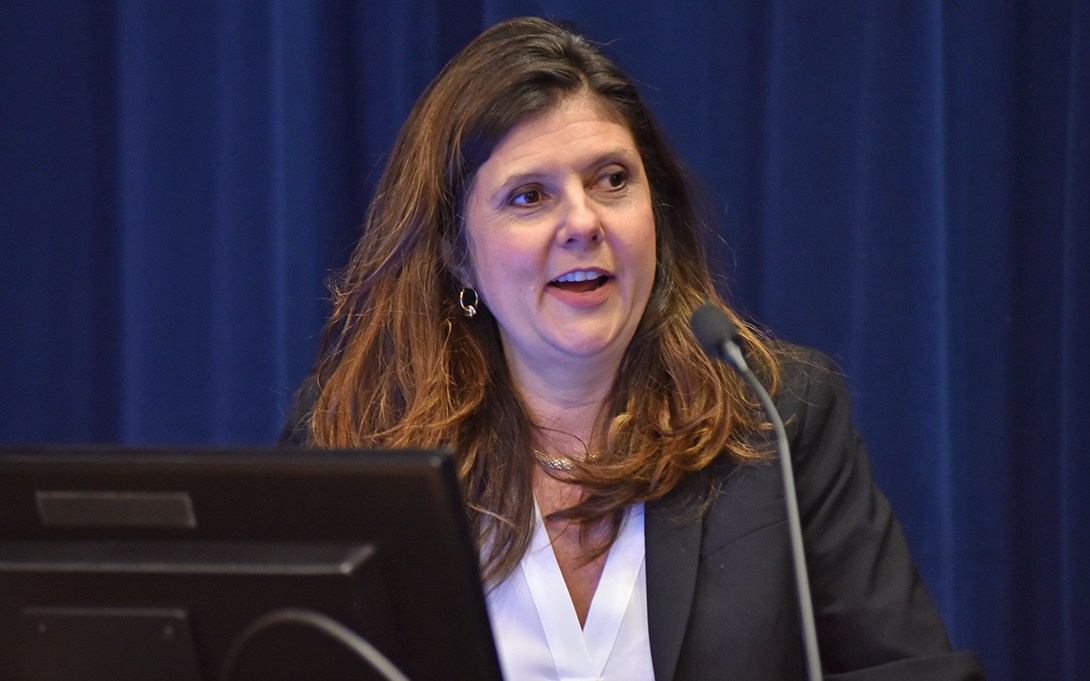
As the U.S. endures the UAW, Writers’ Guild, and Screen Actors strikes, among others, Ford School economics professor Betsey Stevenson says the country may endure more labor upheaval. Once the chief economist at the U.S. Department of Labor, she attributes the increase in labor union action to “one word: uncertainty.”
While citing the costs of strikes on supply chains, wages, profits, tax revenue, and economic growth, she notes that strikes “were up by more than 50% in 2022 and are on track to be even higher in 2023.”
The reason, she writes in an article for Bloomberg Opinion, is that, “No one really knows how much bargaining power workers have right now, which means no one knows what workers can get from employers, which means that neither side wants to prematurely concede.”
The economy is showing contradictory signals compared to traditional ways of assessing labor markets. While some economists have insisted that a high unemployment rate would be necessary to tame inflation, inflation has fallen from 9% to 3% and yet unemployment has remained near a 50-year low.
She argues that one reason is that “The low unemployment is not happening in a stagnant labor market — it is happening in a labor market undergoing an extraordinary amount of upheaval,” she writes. She adds that the ratio of unemployed people to job openings, which measures how many employers are looking for workers compared to how many idle workers are looking for jobs, also is unreliable, as most people taking open jobs are leaving other jobs for a new opportunity.
Meanwhile, “employers had to learn to be adaptable during the pandemic, and that adaptability might be making it easier for them to consider their options before giving big gains to workers.”
She asks, “Just how strong are unions these days?” Though the unionization rate in the U.S. is at a record low of just 6% of private-sector workers, “public approval of labor unions remains near highs last seen in the mid-1960s after rising from an all-time low in 2009. Some 61% of Americans now say that unions help the overall economy, while 47% say they benefit nonunion workers as well.”
She concludes, “Despite all the uncertainty, one thing is clear: The fight between workers and employers is just gearing up. As the public, the labor market and the overall economy continue to send mixed signals, and with the future of unions potentially at stake, don’t expect either side to blink anytime soon.”
Read the entire piece: More Labor Strife Is Coming to the US Economy, Bloomberg Opinion, September 21, 2023

